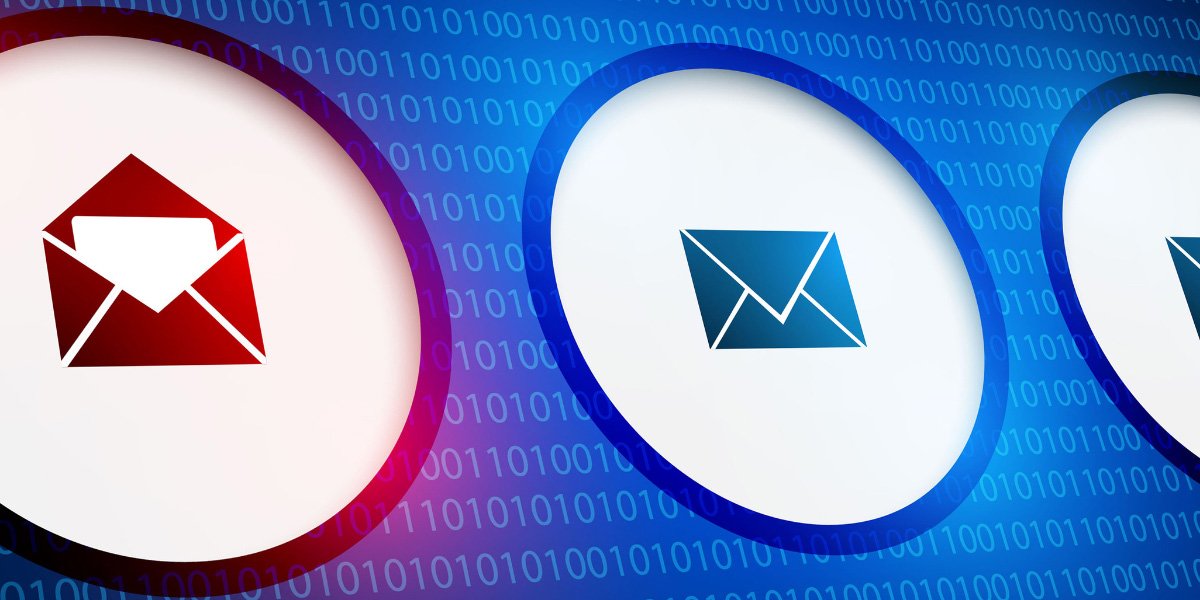Email protection refers to the implementation of security measures and protocols to safeguard email communication from various threats, such as phishing attacks, malware distribution, spam, and data breaches. Given that email remains one of the most common communication channels for both personal and business use, protecting against email-based threats is crucial for maintaining the security and integrity of sensitive information.

Here are some key components of email protection:
- Anti-Spam Filtering: Anti-spam filters are designed to identify and block unsolicited or unwanted email messages, commonly known as spam. These filters analyze incoming emails and assess various attributes, such as sender reputation, email content, and message headers, to determine whether an email is legitimate or potentially harmful.
- Anti-Phishing Measures: Email protection solutions often include anti-phishing capabilities to detect and block phishing attacks, which attempt to trick recipients into divulging sensitive information or clicking on malicious links. Anti-phishing technologies analyze email content and URLs to identify phishing attempts and prevent users from falling victim to these scams.
- Anti-Malware Scanning: Email protection solutions may integrate anti-malware scanning to detect and block email-borne malware, such as viruses, ransomware, and spyware. These scanners examine email attachments and embedded links for known malware signatures and behaviors, helping to prevent malicious code from infiltrating the recipient's system.
- Email Encryption: Encryption technologies encrypt email messages and attachments to protect the confidentiality and integrity of sensitive information in transit. Email encryption ensures that only authorized recipients can access the contents of the email, mitigating the risk of interception or eavesdropping by unauthorized parties.
- Authentication Mechanisms: Email protection solutions often leverage authentication mechanisms, such as Sender Policy Framework (SPF), DomainKeys Identified Mail (DKIM), and Domain-based Message Authentication, Reporting, and Conformance (DMARC), to verify the authenticity of email senders and prevent email spoofing and impersonation attacks.
- User Awareness Training: Educating users about email security best practices and recognizing common email-based threats is essential for effective email protection. User awareness training programs help users identify suspicious emails, avoid clicking on malicious links or attachments, and report potential security incidents to the appropriate authorities.
- Email Archiving and Retention: Email protection solutions may include archiving and retention capabilities to store and manage email communications for compliance purposes, legal requirements, or business continuity planning. Archiving ensures that organizations can access historical email data when needed and maintain an audit trail of email correspondence.
By implementing robust email protection measures, organizations can minimize the risk of email-based threats, protect sensitive information, and maintain the confidentiality, integrity, and availability of their email communication channels.
Contact IT Support Specialists Today For An Assessment

 Contact Us At
Contact Us At

